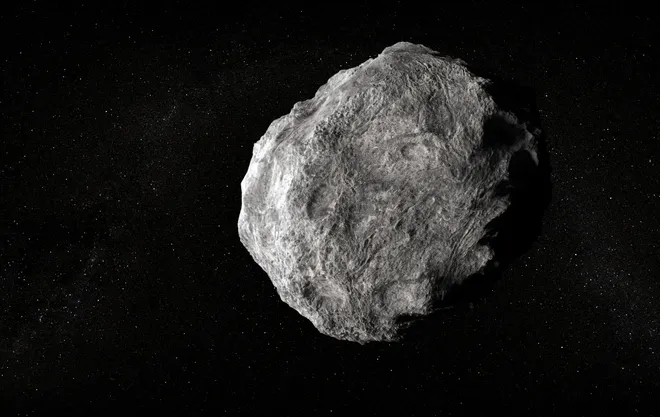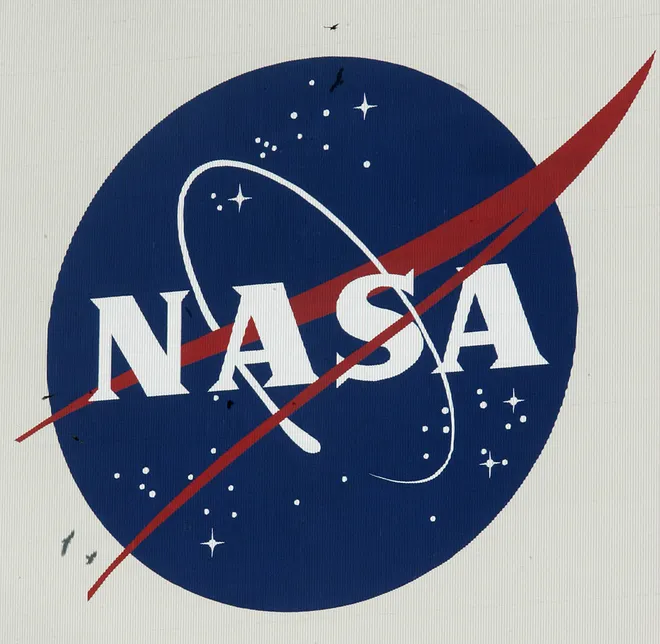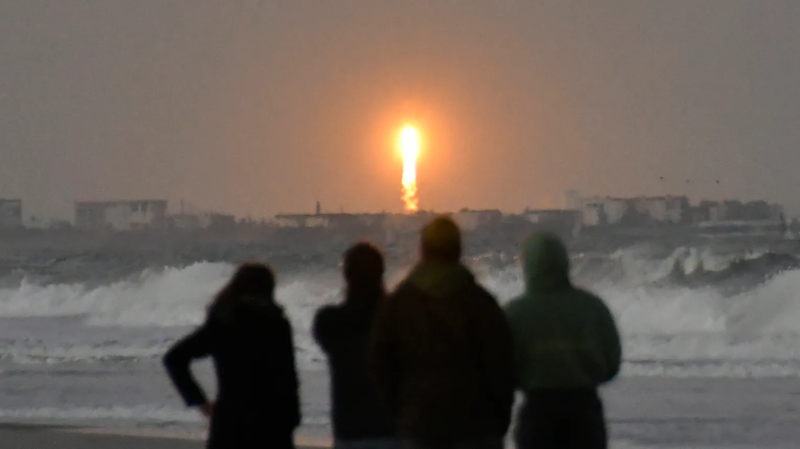Scientists find water on an asteroid for the first time, a hint into how Earth formed

Scientists have found more water in space - this time on an asteroid, a first-of-its-kind discovery.
Researchers from the Southwest Research Institute used data from a retired NASA mission to examine four silicate-rich asteroids and, in turn, discover the water molecules. The Stratospheric Observatory for Infrared Astronomy (Sofia) project, conducted in tandem with the German Space Agency, was discontinued in 2022 but was fundamental to the new study.
According to a statement issued by the Southwest Research Institute, this is the first known finding of water molecules on the surface of an asteroid. Previously, a form of hydrogen was detected in observations of the Moon and some asteroids, but scientists were unable to determine if it was water or a similar chemical, called hydroxyl.
The equivalent of an approximately 12-ounce bottle was later found in a cubic meter of soil spread across the moon's surface at an earlier point. The amount of water on the asteroid was found to be comparable to water levels on the sunlit surface of the moon.
Water on asteroids could unlock information about Earth's formation

Incoming moon landing:'Odysseus' lander sets course for 1st commercial moon landing following SpaceX launch
Evidence of water molecules was also found on another asteroid, Dr. Anicia Arredondo, lead author of a Planetary Science Journal paper about the discovery, said in the statement.
"We detected a feature that is unambiguously attributed to molecular water on the asteroids Iris and Massalia,” Arredondo said. “We based our research on the success of the team that found molecular water on the sunlit surface of the Moon."
Scientists said discoveries like these are invaluable to understanding more about the distribution of water in our solar system, which can uncover information both on how our blue planet was formed and the potential for life on other planets in our solar system and beyond.
“Asteroids are leftovers from the planetary formation process, so their compositions vary depending on where they formed in the solar nebula," said Arredondo. "Of particular interest is the distribution of water on asteroids, because that can shed light on how water was delivered to Earth.”
The research will continue, said Arredondo, as scientists have already marked 30 more asteroids to investigate.
"These studies will increase our understanding of the distribution of water in the solar system," he said.

Disclaimer: The copyright of this article belongs to the original author. Reposting this article is solely for the purpose of information dissemination and does not constitute any investment advice. If there is any infringement, please contact us immediately. We will make corrections or deletions as necessary. Thank you.




